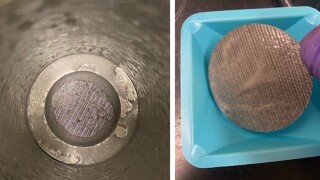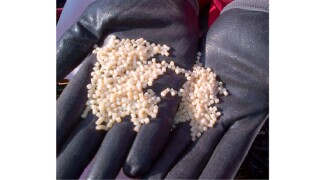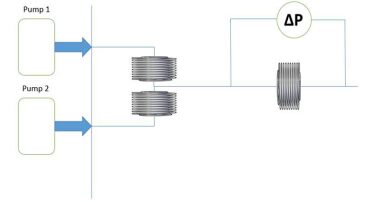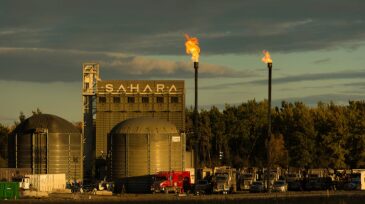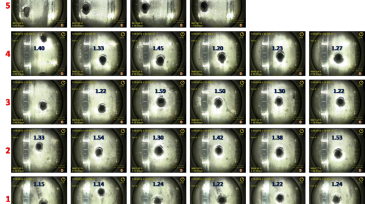Fracturing/pressure pumping
Technology developers expect the tight-oil industry to give lightweight proppants another look after the Permian Basin’s biggest operator becomes an adopter.
This paper describes development of a high-temperature water-based reservoir drill-in fluid using a novel synthetic polymer and customized with optimal chemical concentrations and sized calcium carbonate.
In this case study, a geomechanics-based approach was used to create bridging and sealing at the fracture aperture using a biparticle self-degradable lost-circulation-fluid system.
-
This paper presents a unique work flow that addresses in real time the challenges of perforation and fracture-treatment design while accounting for the lithologic and stress variability along the wellbore and its surroundings.
-
In this study, a laboratory analysis was conducted to study the effect of a phosphonate-based scale inhibitor on a mixture of hypersaline Arabian Gulf seawater and formation water under high-temperature/high-pressure conditions.
-
The very first fracturing job used sand scooped from a nearby river. After decades of buying sand based on tight size standards, unconventional operators are increasingly going back to a broad range of sizes, similar to that river sand.
-
In the fast-moving US shale sector, no market trend seems to last long. The pressure pumping market exemplifies the maxim.
-
"I have some patients whose symptoms I can’t explain," physician Ulrike Meyer said, describing nosebleeds, rare cancers, and respiratory illness among a dearth of data.
-
Frac water disinfection experts become De Nora service arm in the unconventional oil and gas market.
-
The complicated parent-child relationship in US shale fields is emerging as a turning point in the US shale revolution. One of the first executives to exploit tight oil says the issue will reverse the sector’s cumulative growth rate by 2025.
-
Encana CEO Doug Suttles assures that shale executives are acutely aware of the parent-child well challenge, and he doesn’t think it’s “a big threat” to the sector.
-
Pictures shot in fractured wells show how a high-pressure slurry of water and sand carves up the perforations.
-
The technical challenges imposed by tight well spacing and fracture interactions have become a focal point of recent earnings calls between investors and the leaders of several shale producers. The picture of the future is becoming clearer, and there are fewer oil wells in it.


